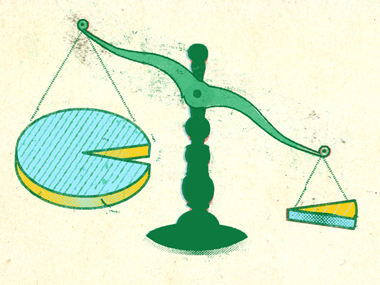Rearrangement Inequality

I recently read about the Rearrangement Inequality on AOPS , and understood most of it.
If we have two series ( say A & B ) of equal length , then the maximum value of the sum of product of their elements taken two at a time (one from each and not repeated ) is when the numbers to be multiplied are taken from sorted sets and with i=j.
It is easy to see that if there are N sets then we can easily find the maximum value of the sum of product of their elements taken N at a time (one from each and not repeated ) .
I am curious to know is there any general way to find the minimum value ?? All suggestions are welcome and please don't be shy to comment ...
No vote yet
1 vote
Easy Math Editor
This discussion board is a place to discuss our Daily Challenges and the math and science related to those challenges. Explanations are more than just a solution — they should explain the steps and thinking strategies that you used to obtain the solution. Comments should further the discussion of math and science.
When posting on Brilliant:
*italics*or_italics_**bold**or__bold__paragraph 1
paragraph 2
[example link](https://brilliant.org)> This is a quote# I indented these lines # 4 spaces, and now they show # up as a code block. print "hello world"\(...\)or\[...\]to ensure proper formatting.2 \times 32^{34}a_{i-1}\frac{2}{3}\sqrt{2}\sum_{i=1}^3\sin \theta\boxed{123}Comments
I'm curious what makes you so curious ...